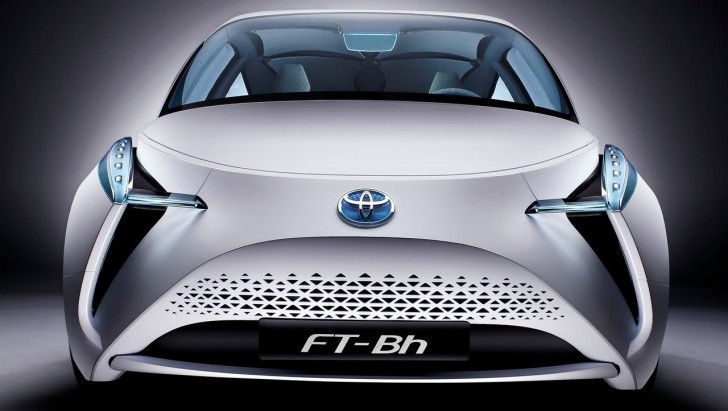

Today, we’re down to just 1.2 deaths per 100 million miles, thanks to a combination of safer vehicles (better design, seat belts, airbags, crumple zones, etc.), more experienced drivers, traffic regulations, and better road infrastructure.

wouldn’t create its first federal safety standards for motor vehicles until 1968 - and there were almost 22 deaths per 100 million miles driven in 1923.ĭoes the presence of these regulatory bodies mean that flying car innovation will be stifled by red tape? Not necessarily. The vehicles themselves weren’t regulated, either - in fact, the U.S. When the first production automobiles hit American roads in 1895, anyone could drive them pretty much however they wanted to - there were no speed limits, stop signs, driver’s licenses, drunk-driving laws, insurance, or traffic police. The challenge: So, how do we balance our need for innovative urban transportation options with our need for passenger safety? One way is to look at the last invention to shake up personal transport: the automobile. “Aircraft flying in these layers will interact, and that’s where things get tricky,” she continued. “The space where these aircraft will operate is sandwiched between low-flying drones and the traditional airspace high above,” Savvy Verma, lead for airspace procedures at NASA’s Air Traffic Management eXploration (ATM-X) project, said in January. This is partly due to the technical challenge of developing flying cars with useful ranges (we still need lighter batteries with greater capacity), but also the need to ensure passengers, and people on the ground, are safe when many eVTOLs are in flight at one time. Safety first: But deployment of flying cars is notoriously slow moving. The hope is that the flying cars will be ready in time to prevent an increase in traffic congestion that’s expected to follow the flow of more people into urban areas (over the next 30 years, the share of people who live in cities is expected to increase from 50% to 70%).Ĭongestion has a negative impact on local economies, residents’ quality of life, and the environment (if the vehicles being used are powered by fossil fuels, which they overwhelmingly are), so less of it would have a myriad of benefits. “Aircraft flying in these layers will interact, and that’s where things get tricky.” Savvy Verma “When cities change, as populations move, the routes can move in a way that trains and rail, or highway infrastructure, cannot,” Harrison Wolf, the World Economic Forum’s Lead for Aerospace and Drones, said in 2020. This would require less upfront cost than building the infrastructure needed for more ground transportation - roads, railways, subway lines, etc.


 0 kommentar(er)
0 kommentar(er)
